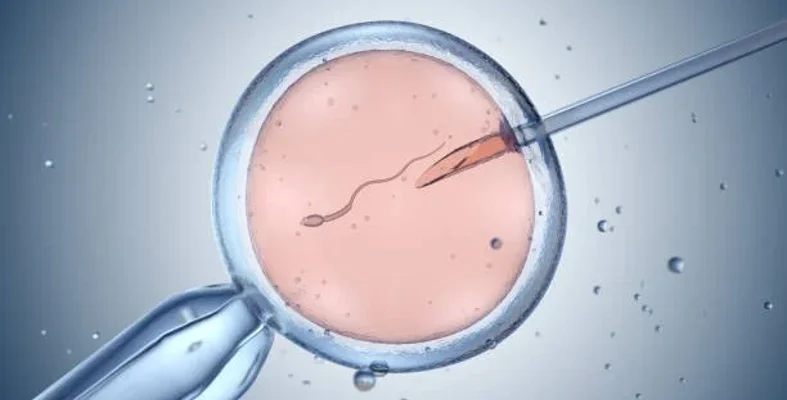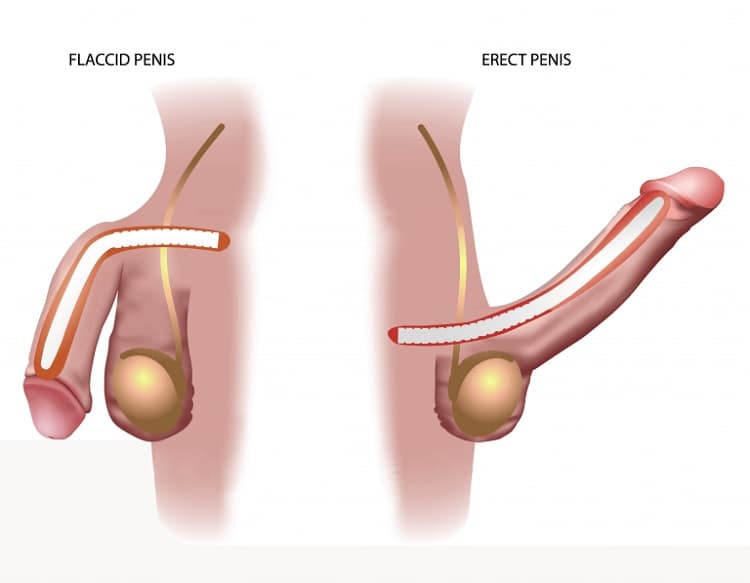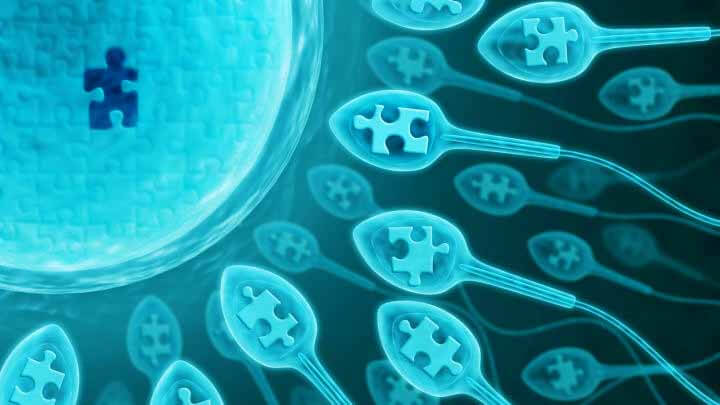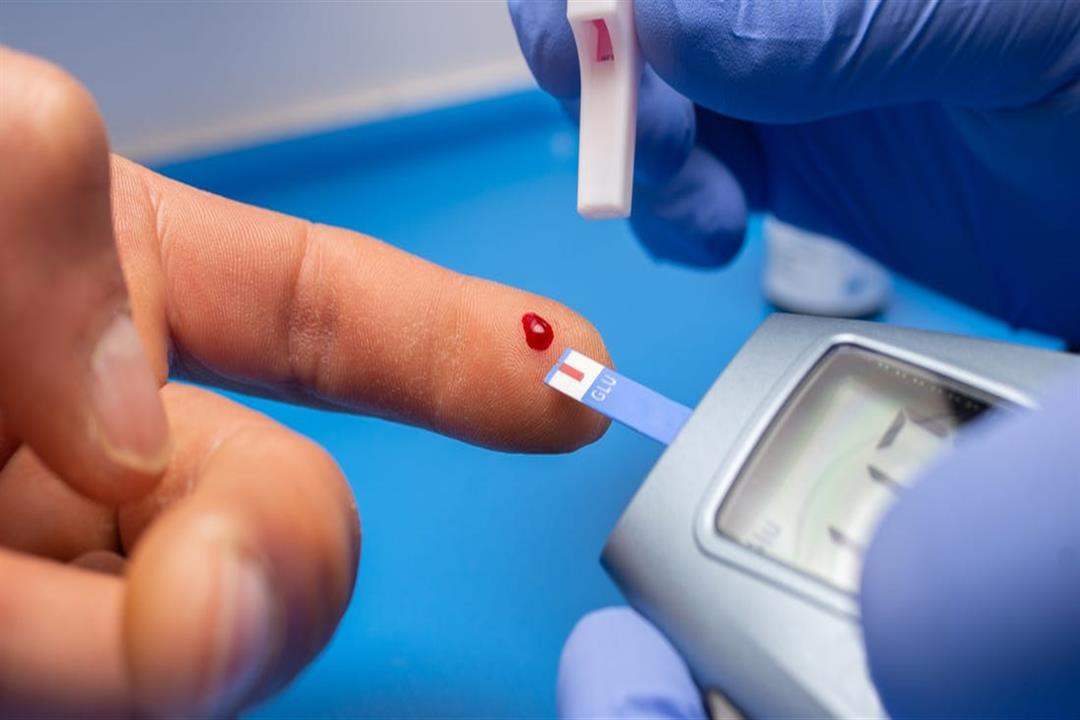Microsurgical Sperm Retrieval: Success Rates
Microsurgical sperm retrieval, also known as micro-TESE (microsurgical testicular sperm extraction), is an advanced technique used to address azoospermia (absence of sperm in semen), which impacts natural fertility. This procedure aims to extract sperm directly from the testicular tissue using a surgical microscope, magnifying the tissue to identify areas likely to contain sperm.
Indications for Microsurgical Sperm Retrieval
This procedure is typically performed for men with non-obstructive azoospermia, where the body produces insufficient or very low quantities of sperm in the testicles.
Procedure Steps
The microsurgical sperm retrieval process involves several steps:
- Anesthesia: The patient is usually placed under general anesthesia to ensure comfort during the procedure.
- Testicular Incision: A small incision is made in the scrotal skin to access the testicular tissue.
- Microscope Use: A surgical microscope magnifies the tissue up to 20 times its normal size, allowing the surgeon to identify areas likely to contain sperm.
- Sample Extraction: Small tissue samples are taken from areas suspected to contain sperm and examined immediately under a microscope to confirm the presence of sperm.
- Sperm Preservation: If sperm are found, they are collected and can be frozen for later use in procedures like intracytoplasmic sperm injection (ICSI).
Benefits of Microsurgical Sperm Retrieval
- Increased Chances of Sperm Retrieval: The procedure’s precision maximizes the likelihood of finding sperm, helping overcome infertility.
- Targeted Extraction: The microscope allows precise identification of sperm-containing areas, minimizing testicular tissue damage.
- Reduced Testicular Damage: Advanced techniques and microscopy cause less harm compared to traditional methods.
Is Microsurgical Sperm Retrieval Safe?
The procedure is generally very safe, though mild and temporary side effects, such as pain or swelling, may occur.
Recovery After the Procedure
- Patients typically require a few days of rest post-surgery and should avoid strenuous physical activities for about two weeks.
- Follow-up with the doctor is essential to ensure the surgical site heals properly and to monitor for infection or inflammation.
- If sperm are retrieved, they can be frozen for future use in ICSI procedures.
Success Rates of the Procedure
The success rate of microsurgical sperm retrieval depends on several factors:
- Cause of Azoospermia:
- Success depends on whether the testicles can produce even a small number of sperm.
- Age and General Health:
- The patient’s overall health and age play a role in the procedure’s success.
- Surgeon’s Expertise:
- The procedure should be performed by an experienced and skilled surgeon to ensure maximum precision and minimize complications.
While specific success rates vary, studies indicate that micro-TESE can successfully retrieve sperm in 40–60% of non-obstructive azoospermia cases, depending on the underlying cause and the surgeon’s expertise. If sperm are retrieved, the chances of achieving pregnancy through ICSI depend on additional factors, such as the female partner’s fertility.






